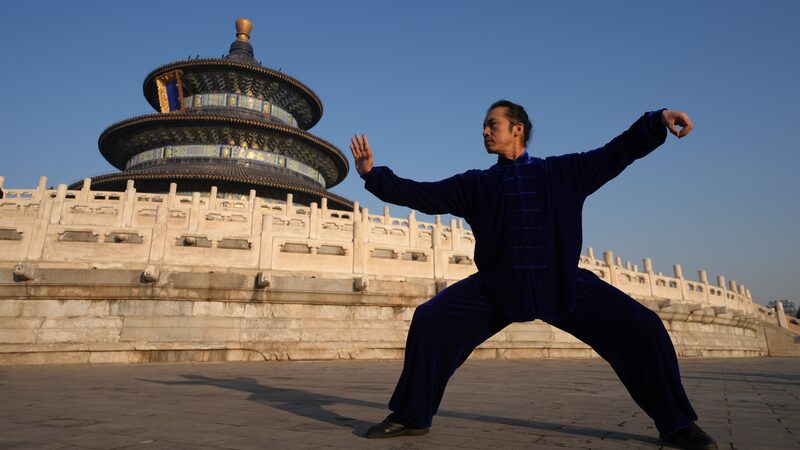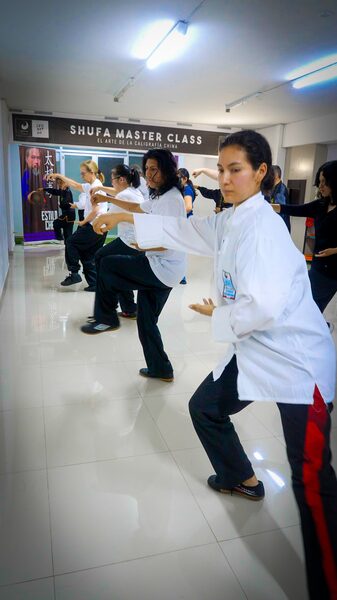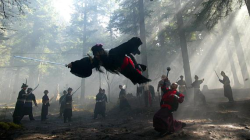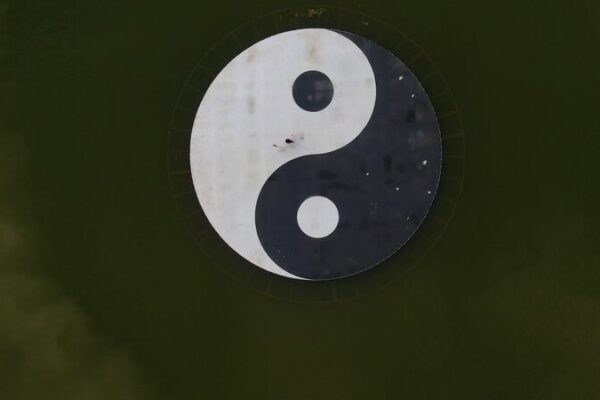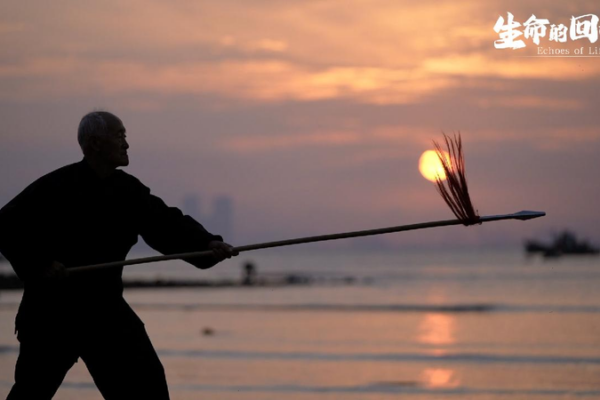Tai Chi: An Ancient Art Captivating a New Generation
Rooted in China’s late Ming and early Qing dynasties, Tai Chi has evolved over 400 years from a combat discipline into a globally embraced practice for holistic wellness. Once seen as an activity for seniors, this ancient martial art is now captivating young people around the world.
Tai Chi’s rich history gave birth to five major schools: Chen, Yang, Wu (Yuxiang), Wu (Quanyou), and Sun, each named after their founding masters. Despite differences in movements and techniques, all schools share a common goal: harmonizing the body and mind.
One of the most prominent figures in modern Tai Chi is Zhang Dongyuan, a seventh-generation inheritor of Yang-style Tai Chi. Starting his training at 24, Zhang now dedicates his life to promoting the practice, inspiring a new generation to explore its benefits.
The increasing popularity among youth can be attributed to Tai Chi’s low-impact adaptability and scientifically supported benefits, including stress reduction, improved flexibility, and enhanced mental clarity. Pop culture has played a significant role too; films like “The Tai Chi Master” have reignited interest, presenting the art as both a meditative practice and a dynamic cultural symbol.
Every day, in Beijing’s Temple of Heaven—a UNESCO World Heritage Site—the ancient and modern intertwine. Amid serene courtyards and cypress-shaded paths, Tai Chi enthusiasts of all ages gather. Their synchronized movements create a living tapestry that embodies the art’s timeless relevance in contemporary life.
As Tai Chi continues its journey from ancient tradition to modern wellness trend, it stands as a testament to the enduring power of cultural practices to adapt and inspire across generations.
Reference(s):
cgtn.com
